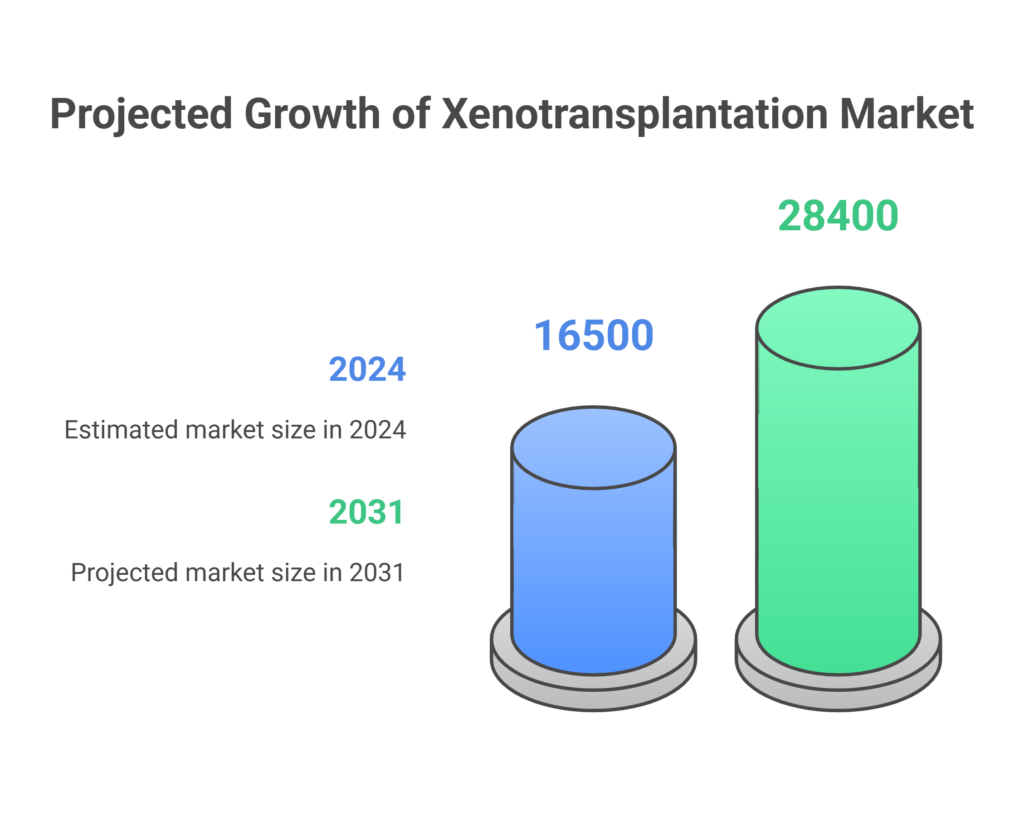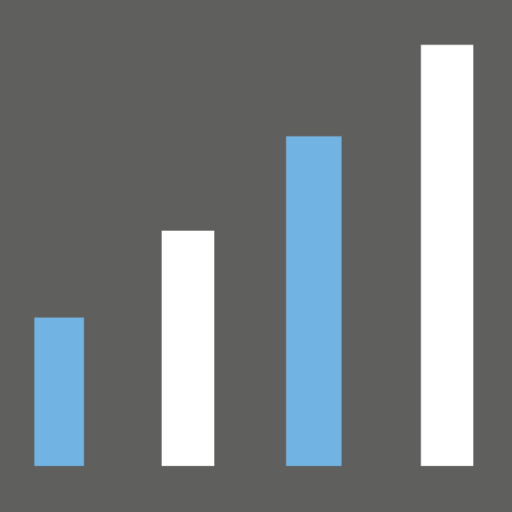Article Outline
1. Market Overview and Introduction to Xenotransplantation 2. Market Size and Growth Projections (2024-2031) 3. Key Players Shaping the Xenotransplantation Market 4. Regional Analysis: Market Dynamics 5. Market Segmentation by Type 6. Market Segmentation by Application 7. Key Driving Factors 8. Challenges in Xenotransplantation 9. Technological Advancements 10. Regulatory Landscape and Ethical Considerations 11. Future Trends and Opportunities 12. Conclusion: The Future of Xenotransplantation1. Market Overview and Introduction to Xenotransplantation
Xenotransplantation involves transplanting living cells, tissues, or organs from one species to another. It aims to address the critical shortage of human organs for transplantation. This overview highlights the market’s core aspects.
Xenotransplantation holds promise for treating organ failure and other life-threatening conditions. Overcoming immunological barriers and ensuring safety are key challenges in its development.
2. Market Size and Growth Projections (2024-2031)
The global Xenotransplantation market is experiencing substantial growth. Estimated at US$ 16,500 million in 2024, it is projected to reach US$ 28,400 million by 2031, growing at a 10.6% CAGR. This reflects increasing investment and research.
The projected growth is driven by the rising demand for organs and technological advancements. Continued progress in genetic engineering and immunosuppression techniques is expected to further boost the market.

3. Key Players Shaping the Xenotransplantation Market
The xenotransplantation market is characterized by innovation. Key companies include Sino-Clone Organ Biotechnology, Qihan Biotech, Grand Life Science & Technology, and Geneo. Pharmaceutical giants like Roche and Novartis also participate.
These key players invest in research, development, and strategic partnerships. They aim to overcome technical and regulatory hurdles, bringing xenotransplantation closer to clinical application.
4. Regional Analysis: Market Dynamics
The Xenotransplantation market varies regionally. North America leads due to strong research infrastructure. Europe follows with significant contributions in regulatory framework development.
Asia Pacific is expected to grow rapidly, driven by increasing healthcare spending and research activities. South America and the Middle East & Africa are emerging markets with increasing interest.
5. Market Segmentation by Type
The market is segmented by type into Organ Preservation Solutions, Transplant Diagnostics, and Tissue Products. Organ preservation solutions are essential for maintaining organ viability during transportation.
Transplant diagnostics help assess compatibility and monitor recipient health post-transplant. Tissue products include cells and tissues used for various therapeutic applications.
6. Market Segmentation by Application
The Xenotransplantation market is segmented by application into Hospitals, Transplant Centers, and Others. Hospitals perform most transplants, making them the largest segment.
Transplant centers specialize in organ transplantation and related research. Other application settings include research institutions and specialized clinics.
7. Key Driving Factors
Several factors drive the Xenotransplantation market. The critical shortage of human organs is a primary driver. The increasing prevalence of organ failure and related diseases also contributes.
Technological advancements in genetic engineering, immunosuppression, and organ preservation are enabling the development of safer and more effective xenotransplantation procedures.
8. Challenges in Xenotransplantation
Xenotransplantation faces significant challenges. Immunological rejection remains a major hurdle. The risk of cross-species disease transmission is another concern.
Ethical considerations and regulatory complexities also pose challenges. Overcoming these barriers is crucial for the widespread adoption of xenotransplantation.
9. Technological Advancements
Technological advancements are key to the success of xenotransplantation. Genetic engineering techniques, such as CRISPR, are used to modify donor animal genomes. This reduces the risk of rejection and disease transmission.
Immunosuppression therapies are also improving, allowing recipients to better tolerate foreign organs. Advanced organ preservation methods enhance the viability of organs during transportation.
10. Regulatory Landscape and Ethical Considerations
The regulatory landscape for xenotransplantation is complex. Regulatory bodies develop guidelines to ensure safety and efficacy. Ethical considerations are paramount.
Manufacturers and researchers must adhere to these guidelines. They must also address ethical concerns related to animal welfare and the potential risks to human health.
11. Future Trends and Opportunities
Future trends include the development of more sophisticated gene-editing techniques. These enhance organ compatibility. Advancements in immunosuppression further reduce rejection.
Personalized medicine approaches, tailoring xenotransplantation to individual patient needs, are also promising. These innovations can improve outcomes and expand application.
12. Conclusion: The Future of Xenotransplantation
The Xenotransplantation market is poised for growth, driven by technological advances and unmet medical needs. Overcoming challenges and addressing ethical concerns are essential for realizing its full potential.
By continuing to invest in research and innovation, stakeholders can bring xenotransplantation closer to becoming a viable solution for organ shortages, transforming patient care globally.
For more detailed insights, you can refer to the Xenotransplantation Market report.
Key Market Segments
By Type
| Segment | Description |
|---|---|
| Organ Preservation Solutions | Solutions used to maintain the viability of organs during transportation. |
| Transplant Diagnostics | Diagnostic tools used to assess compatibility and monitor recipient health. |
| Tissue Products | Cells and tissues used for various therapeutic applications. |
By Application
| Segment | Description |
|---|---|
| Hospital | Transplantation procedures performed in hospital settings. |
| Transplant Center | Specialized centers focused on organ transplantation. |
| Other | Other settings including research and specialized clinics. |
Related Reports:
- Global Alcohol Packaging Market Size, Share, Growth Drivers, Opportunities, Trends, Overall Sales and Demand Forecast to 2031
- Global Automotive Wiring Harness Market Size, Share, Growth Drivers, Trends, Opportunities, Overall Sales and Demand Forecast To 2031
- Global Dental Insurance Verification Service Market Size, Share, Growth Drivers, Trends, Opportunities, Overall Sales and Demand Forecast To 2031
- Global Construction Machinery Market Size, Share, Growth Drivers, Overall Sales and Demand Forecast To 2031
- Global Coloured Contact Lenses Market Size, Share, Growth Drivers, Trends, Overall Sales and Demand Forecast To 2031





